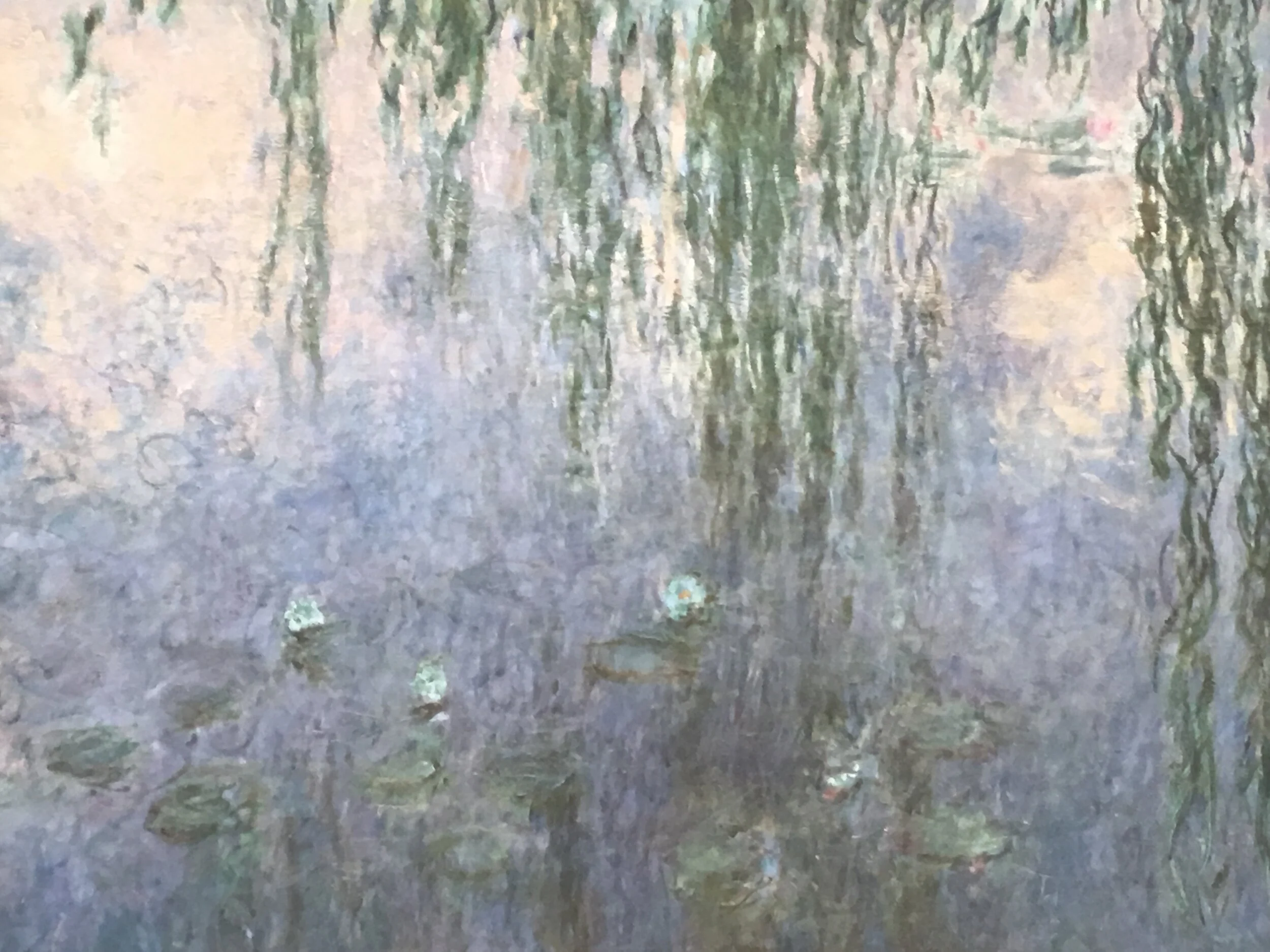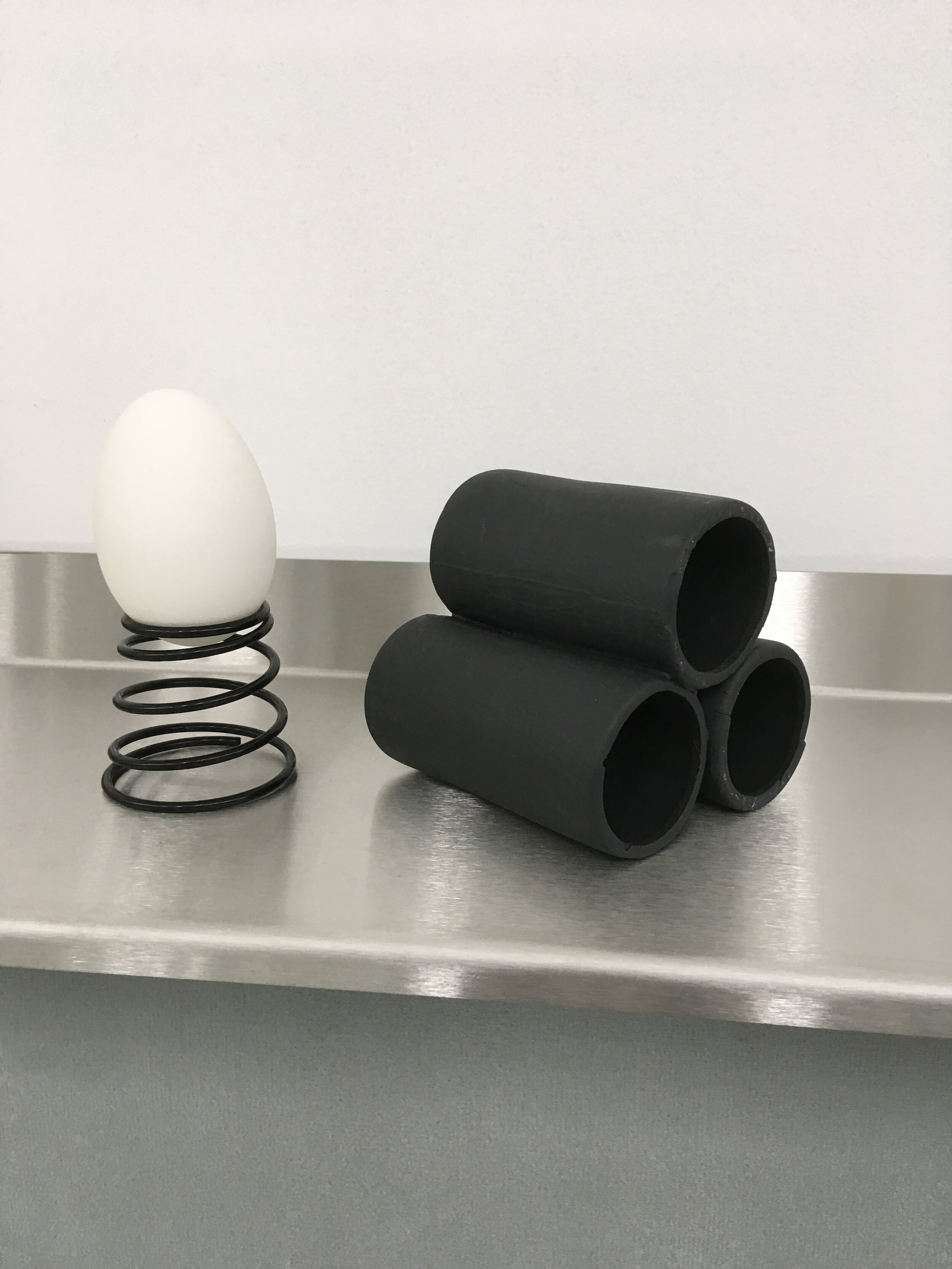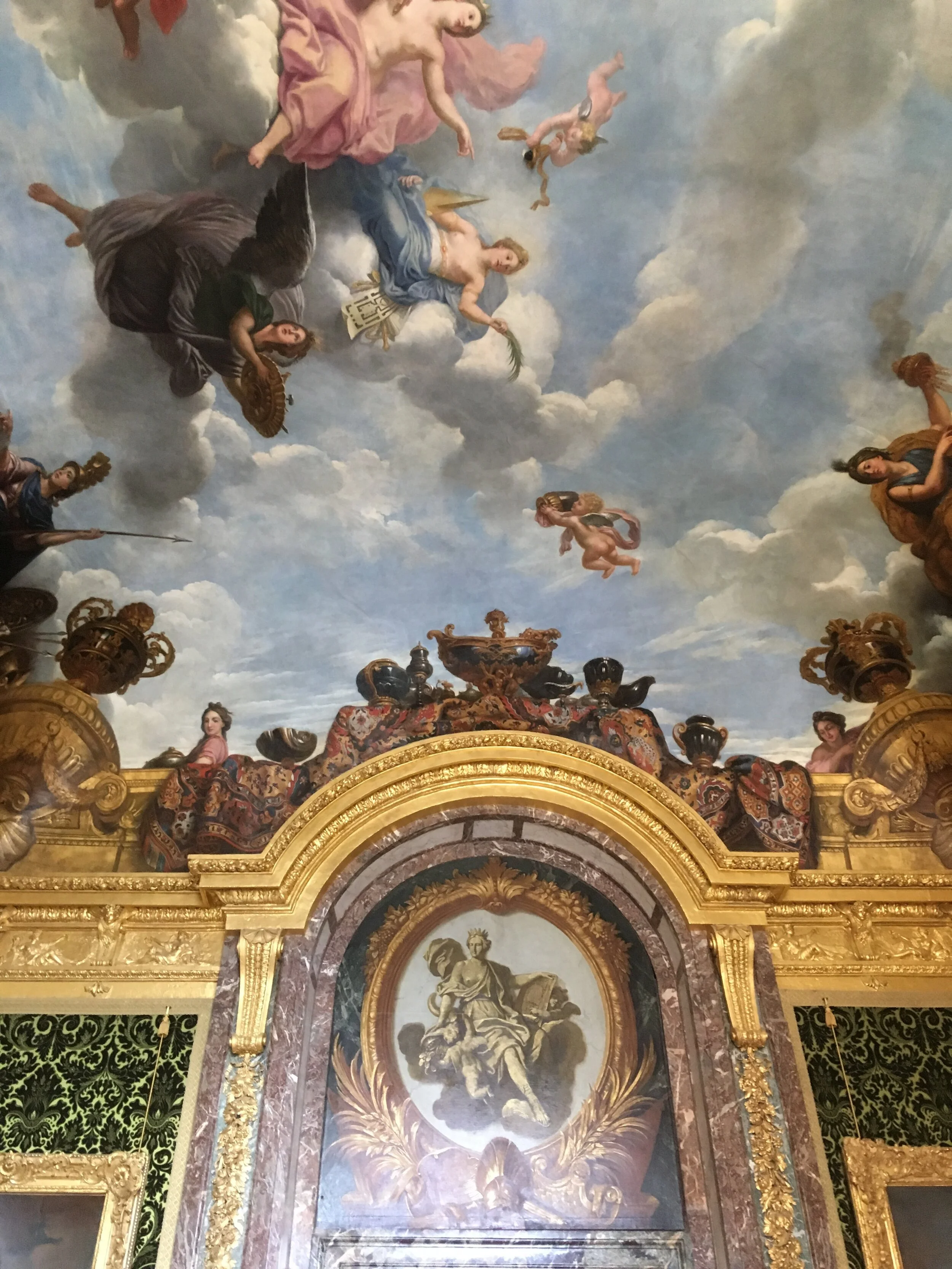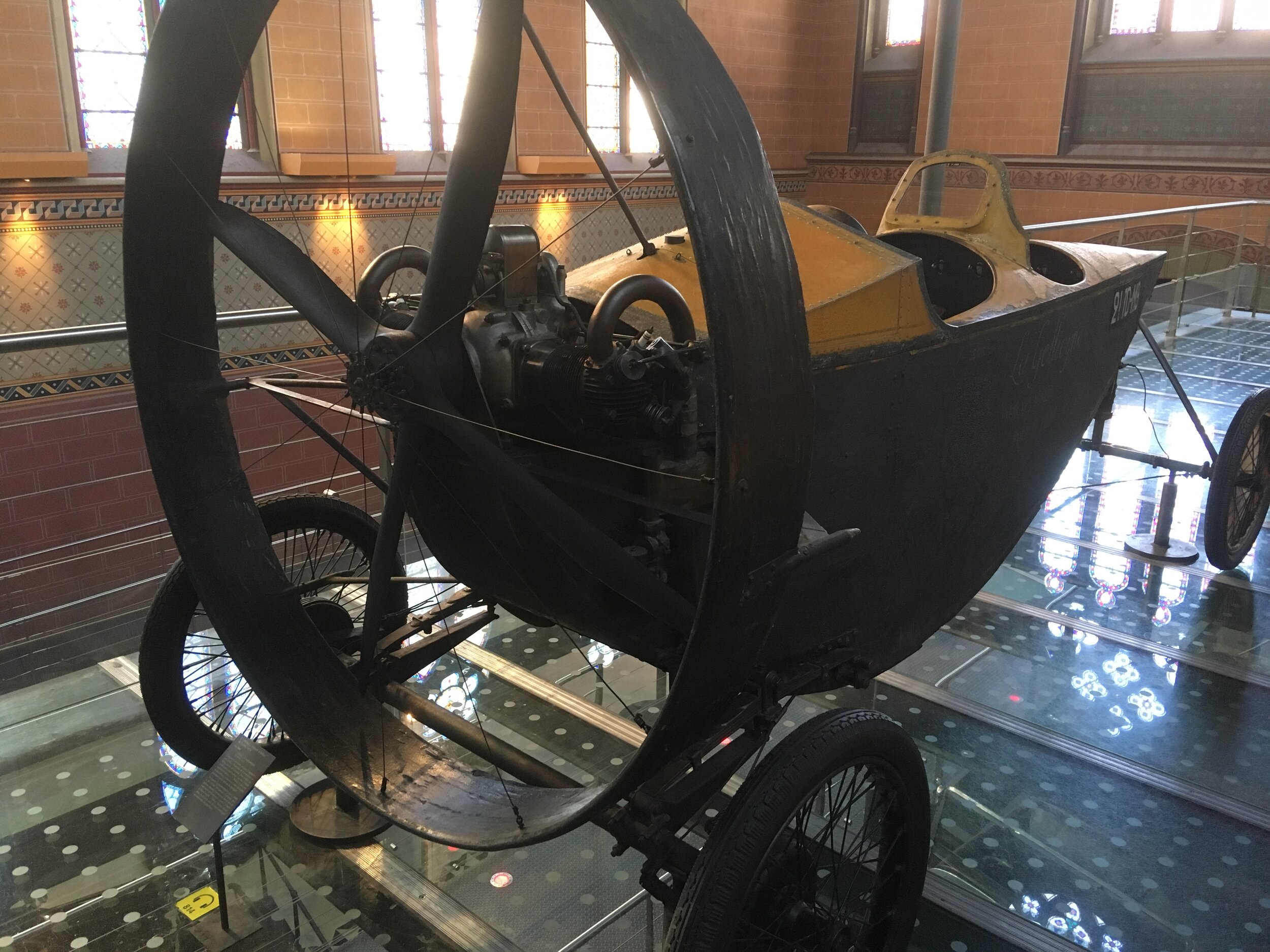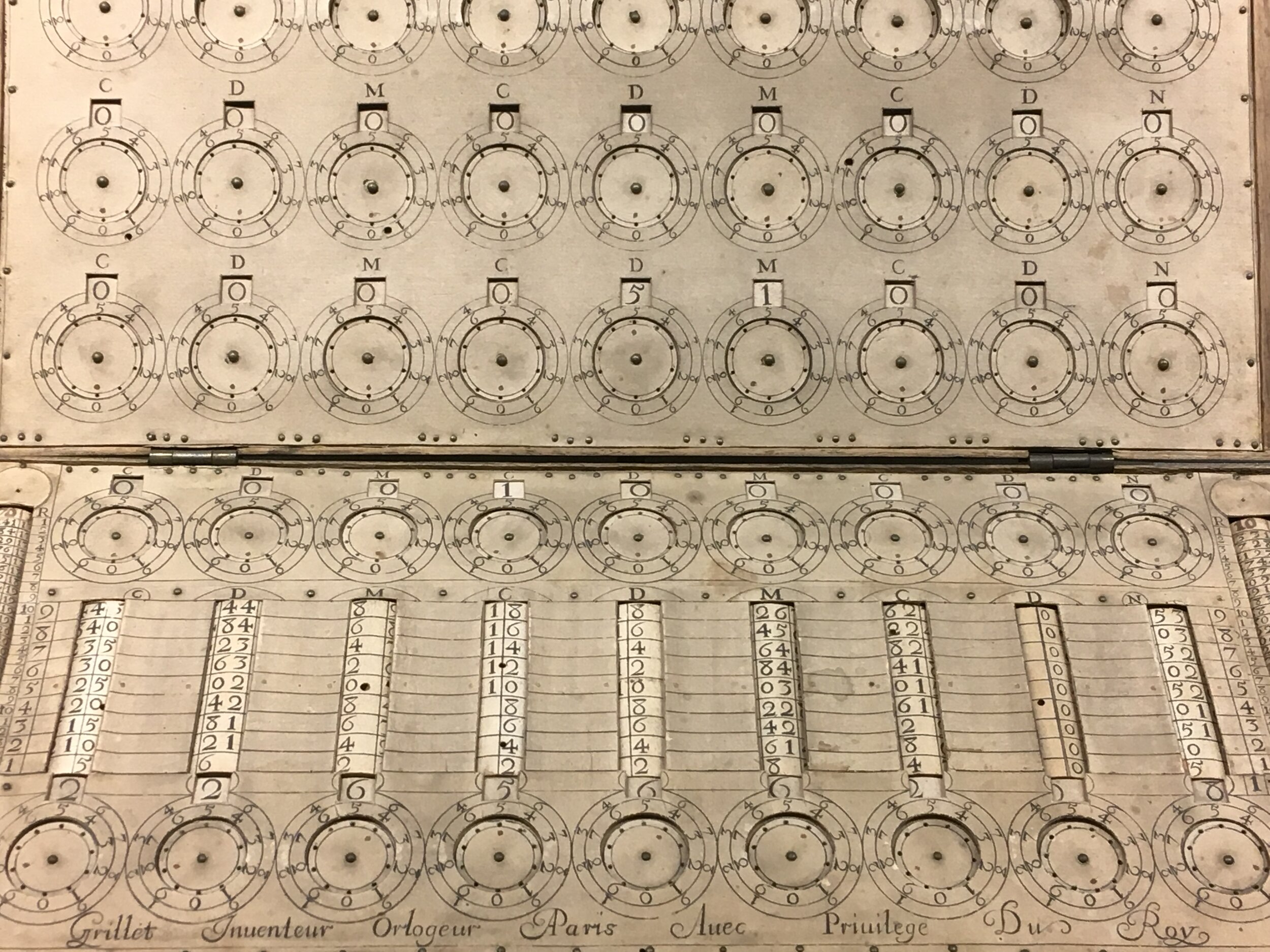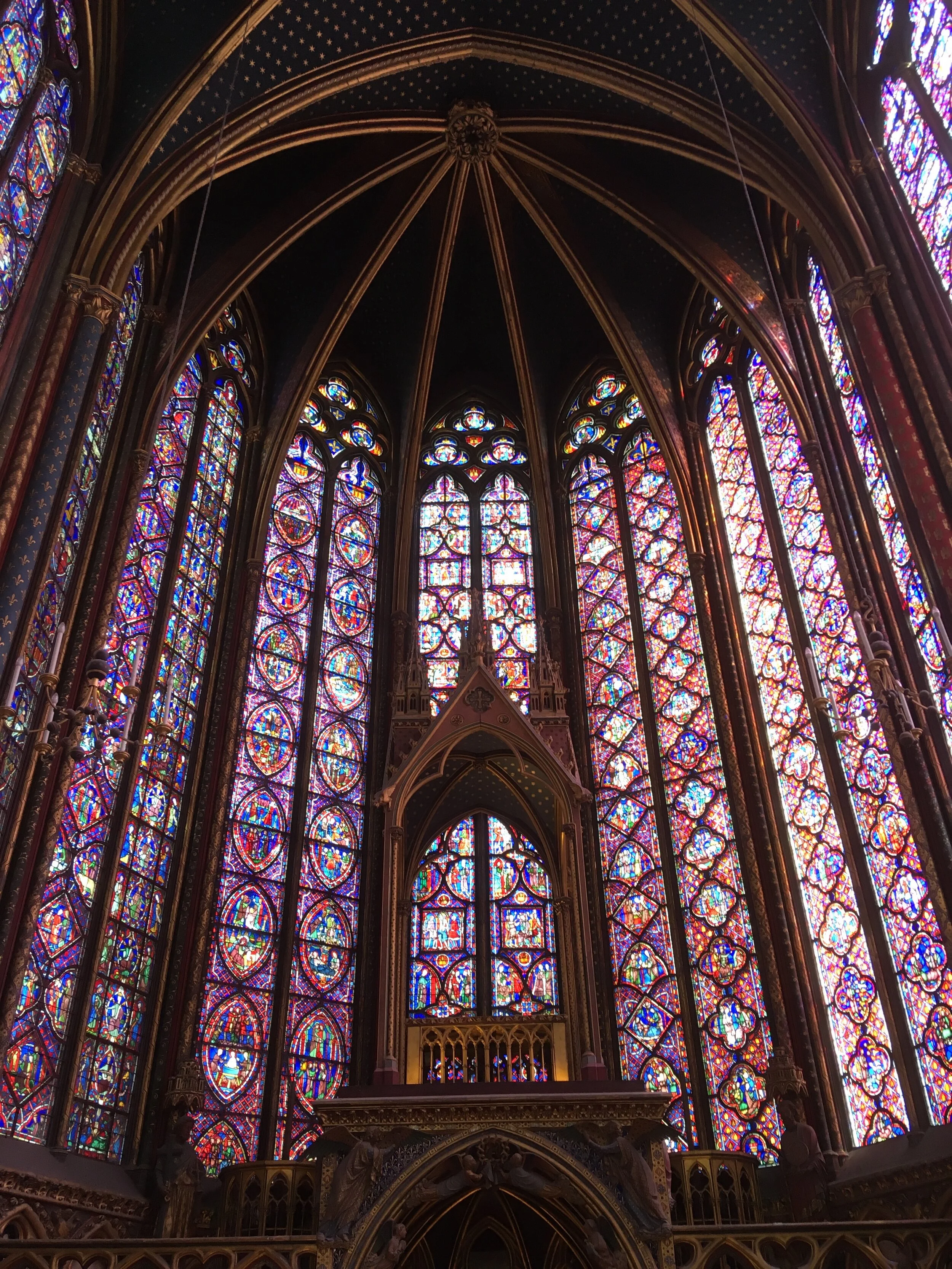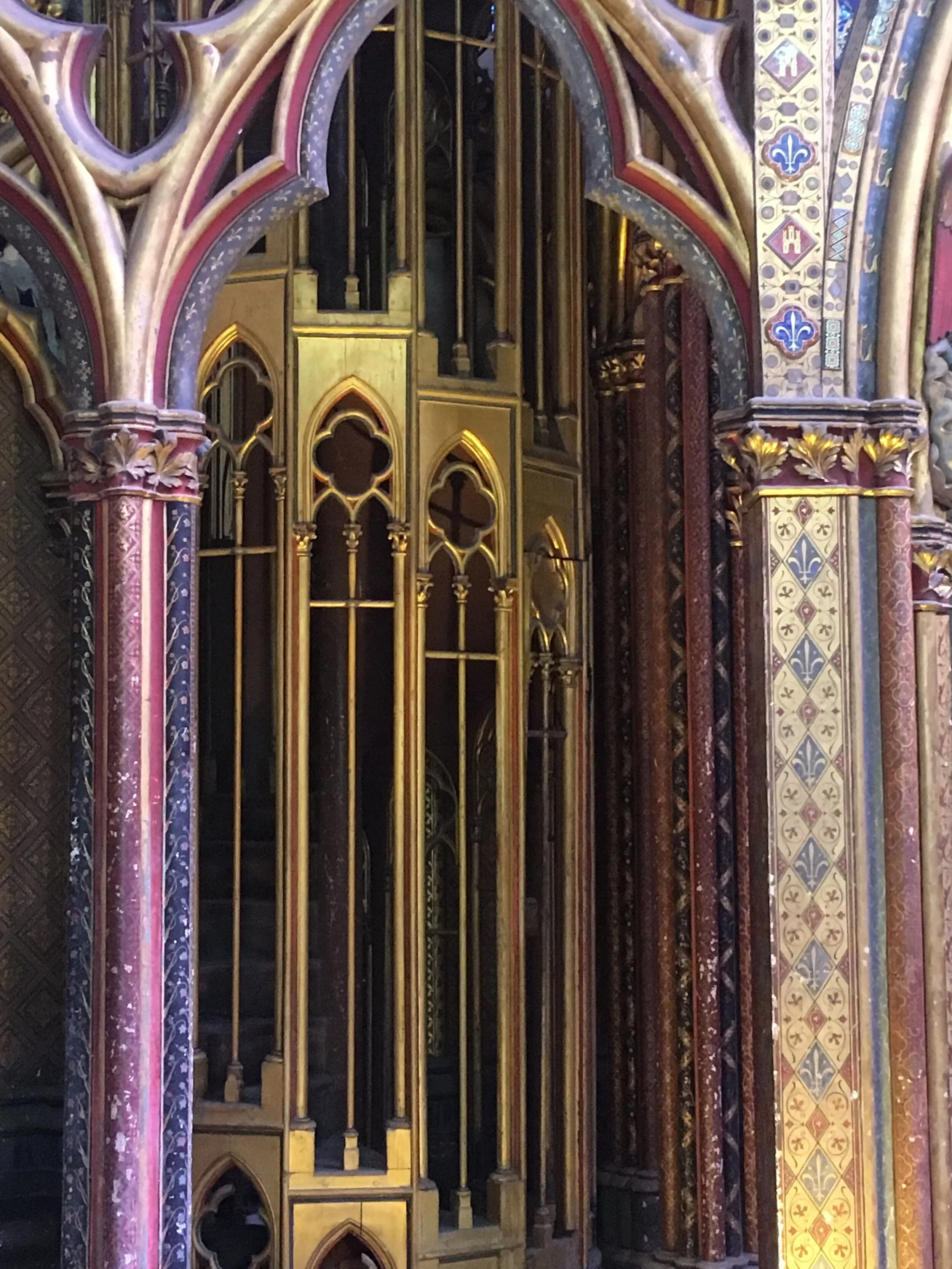Parisian hidden gems

The Staircase at the Musée Gustave Moreau
These days, when I go abroad, I post on Twitter asking for recommendations of places to visit. I’m lucky enough to be followed by lots of interesting museum, arts and science people so I always get good recommendations. This week, visiting Paris, my tactic really paid off as we were able to visit a host of wonderful small museums, skipping the crowds at the larger institutions.
First up was the extraordinary Musée de la Chasse et de la Nature (Museum of Hunting and Nature) housed in a 17th-century mansion. It is dedicated to the relationship between humans and the natural environment, particularly focused on the history of hunting and the animals that involved. Rooms are dedicated to specific animals – boars, wolves, deer, dogs, birds of prey. There are also larger rooms focused on trophies, weapons or artworks. The displays are marvellous, mixing taxidermy, furniture, fine and decorative arts with contemporary commissions, all with a playful comment on how human-animal relationships have developed. They are equally visually and intellectually stimulating. A small permanent commission on the second floor by contemporary artist Mark Dion brings in the context of the museum’s founders François and Jacqueline Sommer, keen hunters and conservationists, by re-imagining their hunting cabin.
My readers know I love a house museum, so of course the Musée Gustave Moreau appealed instantly. Imagined and developed by the artist himself this is a wonderful combination of apartment, studio and museum which arguably creates a better legacy for the artist than his (proto-Symbolist) art deserves. The first floor maintains the apartment that he lived in, first with his family then alone, crammed full of furniture, memories and pictures. It is redolent of life and very claustrophobic. The impact is all the more, then, as you walk up to the second floor and emerge into an enormous, high-ceilinged, light-filled space, which Moreau had created, along with another on the floor above, to form his art museum, sacrificing his studio and the second storey of the house. A beautiful spiral staircase curls up from one floor of the museum to another. The walls are lined with Moreau’s paintings – hoarded and reworked in his last years – large and small, finished and unfinished, almost all treating of biblical or mythological themes. A particular treat for the visitor are the cabinets of hinged, framed prints under the windows, with inviting stools, for you to sit and look through.
Larger but similarly off the tourist beaten track is the Musée des Arts et Métiers (Museum of Arts and Trades) attached to the Conservatoire National des Arts et Métiers (National Conservatory of Arts and Industry) founded in 1794. It is essentially a museum of industrial design and is, in many ways, gloriously old fashioned for a science museum, still arranged by large disciplines – energy, construction, communication, transport – and featuring a host of models. The highlight is the former church of Saint Martin-des-Champs that forms part of the building and houses the museum’s larger treasures in a glorious space filled with decorative paint and stained glass. There’s an original version of Foucault’s pendulum, the first model of the Statue of Liberty and the Blériot XI in which Louis Blériot first flew the Channel. Planes hang in the roof of the nave, and other large engines, cars and models are displayed on a towering scaffold down one side. Other highlights of the collection include Lavoisier’s laboratory, early automaton, and the development of photography.
I’m lucky enough to have been to Paris a number of times before, so also insisted that my husband and I go to the Musée de l’Orangerie for a small but ‘immersive’ Monet experience. I was obsessed with Monet as a child, and still find his large Nymphées paintings utterly captivating, evoking space, water, calm and glorious colour even in the bustle of the museum.
Kind Tweeters also recommended many other places for which we didn’t have time, so we will have to return. This will be my new tactic for all future excursions, ask for the gems off the beaten track, and revel in their magic.
















